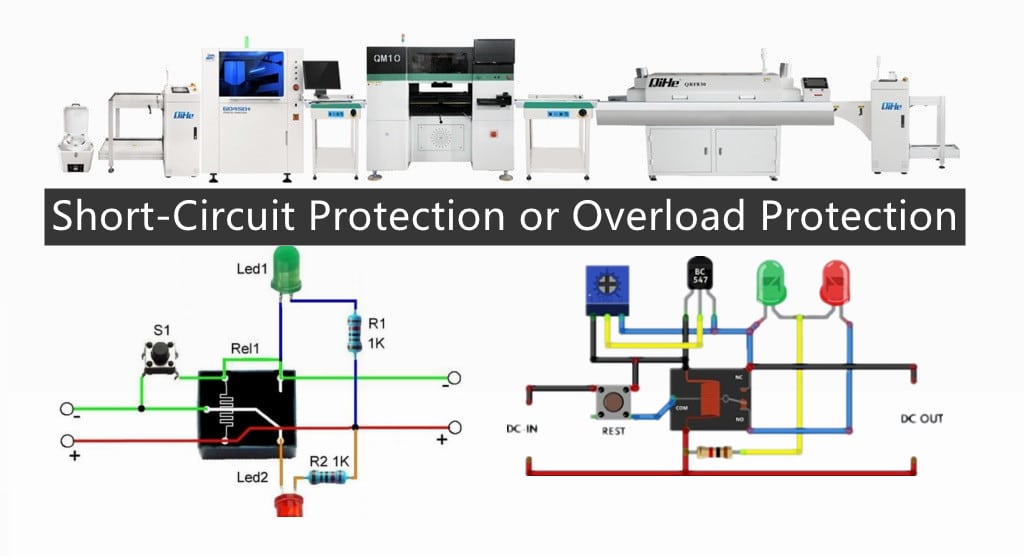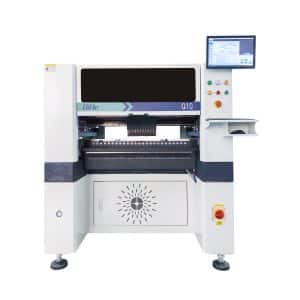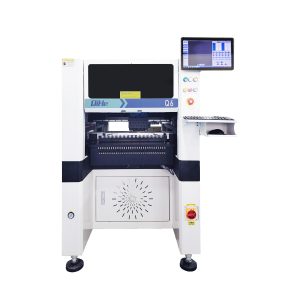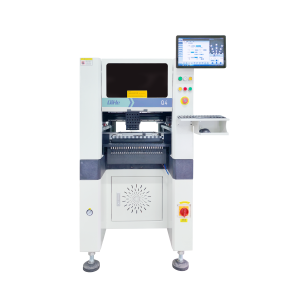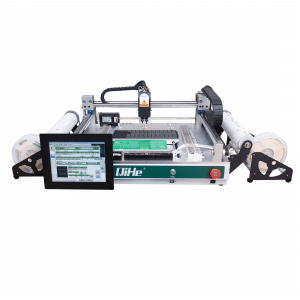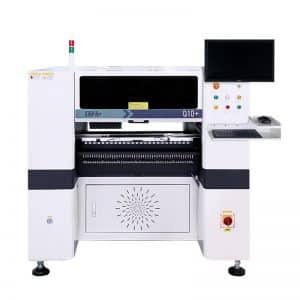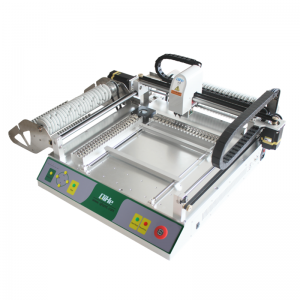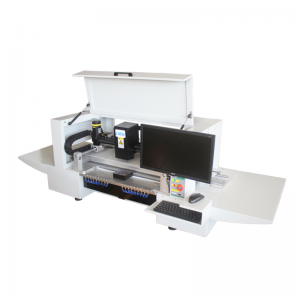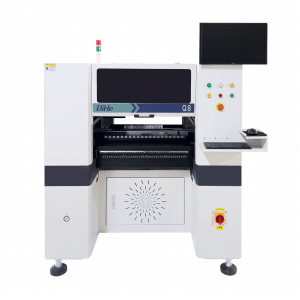Each electrical equipment has its rated power. When the rated power is exceeded, it is called overload, and the protection against this state is called overload protection. The protection against short circuits within electrical equipment is called short circuit protection. Zero-voltage protection is also called voltage loss protection. When a power outage occurs, the circuit with the above functions will automatically trip, and the electrical equipment will not start on its own the next time power is supplied. The purpose of this function is to prevent the operator from forgetting to cut off the power supply during a power outage, causing the electrical equipment to start on its own when the next call comes, causing an accident. The general contactor control circuit has this function.Today qihe smt pick and place machine sharing some tips about short-Circuit Protection or overload Protection .
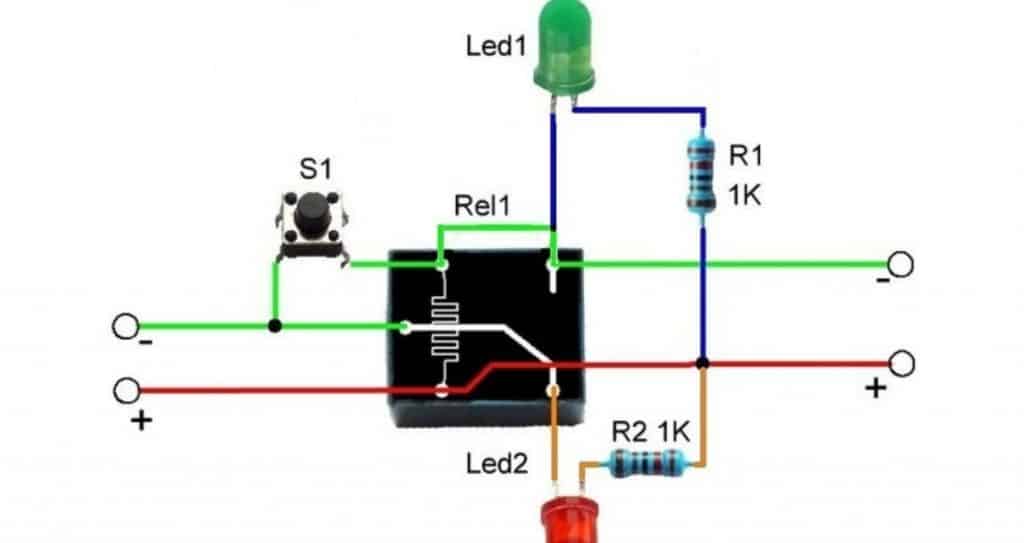
Short circuit protection
When the insulation of electrical appliances or wiring in the electrical control circuit is damaged, the load is short-circuited, or the wiring is incorrect, short-circuit faults will occur. The instantaneous fault current generated during a short circuit is more than ten to dozens of times the rated current. The strong electrical power generated by short-circuit currents in electrical equipment or distribution lines can cause damage, arcing, or even fires.
Short-circuit protection requires cutting off the power supply within a very short time after the short-circuit fault occurs. The common method is to connect a fuse or a low-voltage circuit breaker in series in the line. The operating current of the low-voltage circuit breaker is set to 1.2 times the starting current of the motor.
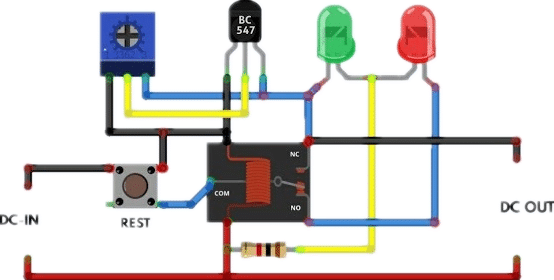
Overcurrent protection
Overcurrent refers to the operating state of a motor or electrical component exceeding its rated current. The overcurrent is generally smaller than the short-circuit current, within 6 times the rated current. The possibility of overcurrent in electrical circuits is greater than that of short circuit, especially when the motor is frequently started and rotates forward and reverse frequently. In the case of overcurrent, if the current value can return to normal before reaching the maximum allowable temperature rise, the electrical components can still work normally. However, the impact current caused by the overcurrent will damage the motor, and the instantaneous electromagnetic torque generated will damage the mechanical transmission. components, so cut off the power supply promptly.
Overcurrent protection is commonly implemented with overcurrent relays. Connect the overcurrent relay coil in series to the protected circuit. When the current reaches its set value, the overcurrent relay operates, and its normally closed contact is connected in series to the branch where the contactor coil is located, so that the contactor coil is de-energized. By disconnecting the main contacts of the contactor in the main circuit, the motor power is cut off in time.
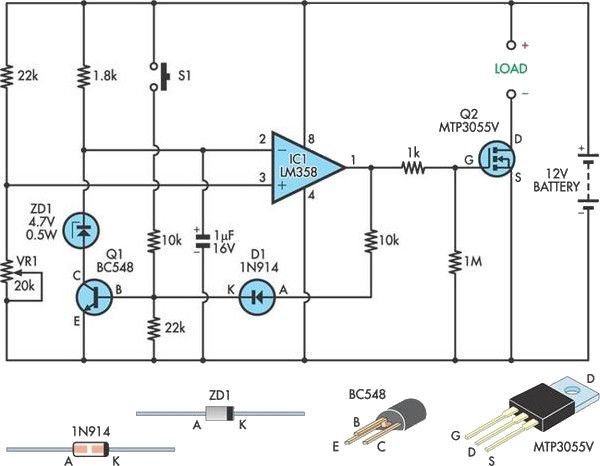
Overload protection
Overload refers to the operating state in which the motor’s operating current exceeds its rated current but is less than 1.5 times the rated current. This operating state is within the overcurrent operating state range. If the motor is overloaded for a long time, the temperature rise of its winding will exceed the allowable value and the insulation will age or be damaged. Overload protection requires instantaneous action without being affected by short-term overload surge current or short-circuit current of the motor. Thermal relays are usually used as overload protection components. When more than 6 times the rated current passes through the thermal relay, it will take 5 seconds to operate. The heating element of the thermal relay may have burned out before the thermal relay operates. Therefore, when using a thermal relay for overload protection, a fuse must be installed at the same time. Or short-circuit protection devices such as low-voltage circuit breakers.
Pressure loss protection
If the power supply voltage suddenly disappears when the motor is running normally, the motor will stop. Once the power supply voltage returns to normal, it may start on its own, causing damage to mechanical equipment and even personal accidents. Voltage loss protection is a protection link set up to prevent the motor from starting by itself or the electrical components from starting to work by themselves when the voltage is restored.
The start and stop control circuits controlled by contactors and buttons have the function of voltage loss protection. Because when the power supply voltage suddenly disappears, the contactor coil will be deenergized and automatically released, thus cutting off the power supply to the motor. When the power supply voltage is restored, the self-locking contact of the contactor has been disconnected, so it will not start on its own.
However, in circuits that use manual switches and travel switches that cannot automatically reset to control contactors, a special zero-voltage relay needs to be used. Once the power is cut off, the zero-voltage relay is released and its self-locking circuit is disconnected. When the power is restored, it will not will start on its own.
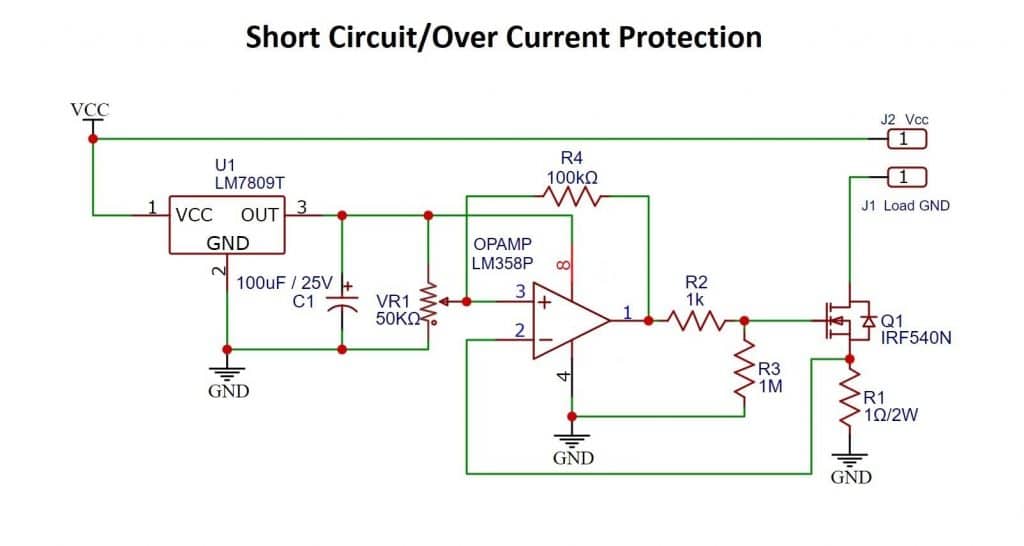
Under voltage protection
When the power supply voltage drops to 60%~80% of the rated voltage, the link where the motor power is cut off and stops working is called under-voltage protection link. In addition to the under-voltage protection function of the contactor button control method, an under-voltage relay can also be used for under-voltage protection. Set the pull-in voltage of the undervoltage relay to 0.8~0.85UN and the release voltage to 0.5~0.7UN. The undervoltage relay is connected across the power supply, and its normally open contact is connected in series to the contactor coil circuit. When the power supply voltage is lower than the release value, the undervoltage relay acts to release the contactor, and the main contact of the contactor disconnects the motor power supply. Implement under-voltage protection.
Overvoltage protection
Large inductance loads such as electromagnets and electromagnetic chucks, DC electromagnetic mechanisms, and DC relays will generate high induced electromotive force when switching on and off, causing electromagnetic coil breakdown and damage. Overvoltage protection usually involves connecting a resistor, a resistor string capacitor, or a diode string resistor in parallel at both ends of the electromagnetic coil to form a discharge circuit to achieve overvoltage protection.
Read more: Short-Circuit Protection or Overload ProtectionBest seller SMT Machine :Qihe smt line products
-
TVM925 SMT pick and place machine 4 head 38 feeders slots assembly of electronic components
-
Q10 SMT Automatic pick and place machine 10 Heads 100 Slots High Precision and High Efficiency SMT/LED Assembly
-
Q6 SMT pick and place machine 6heads 50slots With PCB Rail Servo Pick&Place Machine
-
Q4 SMT pick and place machine 4heads 50slots With PCB Rail Servo Pick&Place Machine
-
TVM802B Plus SMT pick and place machine 2heads 58slots desktop pick&place deluxe edition
-
QM10 SMT pick and place machine 10heads 80slots Fully Automatic Chip mounter SMT Assembly
-
TVM802BX SMT pick and place machine 2heads 46slots desktop pnp mounter deluxe edition
-
QL41 SMT pick and place machine 4heads 8slots LED for 1.2meters led strip pick&place machine
-
Q8 SMT pick and place machine 8heads 80slots Fully Automatic Chip mounter SMT Assembly
What is SMT in engineering?
Surface mount technology is a part of the electronic assembly that deals with the mounting of electronic components to the surface of a PCB. Electronic components mounted this way are called surface-mounted devices (SMD). SMT was developed to minimize manufacturing costs while making efficient use of board space.Qihe SMT company develops and produces all kinds of SMT equipment suitable for smt pick and place machine products.
Small desktop pick and place machine TVM802A,TVM802B,TVM802AX,TVM802BX series suitable for beginners, for hobbiest or low vol usag.
Advanced level 4-head LED strip placement QL41 led machines and with rail universal series Q4,TVM925S,TVM926S,pick and place
Fully automatic 6-10-head placement QM61,QM62,QM81,QM10,machines, which are suitable for high volume mass production in factories.
Know more about us https://www.qhsmt.com/about-qihe-smt-equipment/
Follow us on social media https://www.facebook.com/Qihesmt/
What is SMT in programming?
Offline Automated Programming vs Inline SMT Programming
Qihe pick and place machine can be programmed directly on the SMT equipment .
Or Coordinates can also be imported csv file through programming software.
Currently supported software such as protel,DXP,Altium Designer,Pads,Candes,proteus,DXP.
Inline SMT programming is a solution to consider for narrow segments of device programming requiring short programming times, with medium to high volume, for just one smt pick and place device type.
WHAT IS SMT pick and place machine?
SMT (Surface Mounted Technology) is a comprehensive system engineering technology, which covers substrates, design, equipment, components, assembly processes, production accessories and management. When it comes to SMT pick and place machines, the automatic SMT production line requires automatic loading and unloading machine, automatic solder paste printing machine, placement machine, reflow soldering machine, AOI inspection equipment, conveyor,connecting table, etc. For these SMT assembly line equipment, Qihe SMT can offer you machines in prototype SMT line, small SMT production line, mass production SMT line at low SMT line cost. Contact us now if you are interested.smt pick and place machine,
WHAT IS SMT ASSEMBLY LINE?
With the development of technology, future electronic products will be lighter, smaller and thinner. Traditional assembly technology can no longer meet the requirements of high-precision and high-density assembly. A new type of PCB assembly technology-SMT (Surface Mount Technology) has emerged. SMT Assembly is the use of automated machines to assemble electronic components on the surface of the circuit board. Its density, high speed, standardization and other characteristics occupies an absolute advantage in the field of circuit assembly technology. In addition, smt pick and place assembly has a wide range of uses.
https://www.qhsmt.com/fully-automatic-smt-pick-and-place-machine-line/

